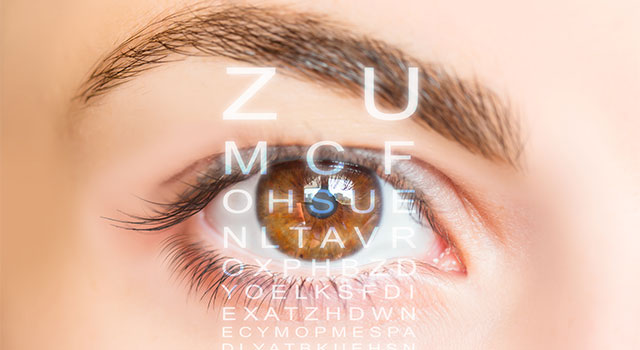Refractive Surgeries in AL: Improve Your Vision with Expert Care
Refractive Surgeries in AL: Improve Your Vision with Expert Care
Blog Article
The Function of Advanced Diagnostic Tools in Identifying Eye Disorders
In the world of ophthalmology, the usage of advanced analysis tools has actually reinvented the early recognition and management of numerous eye conditions. From detecting refined modifications in the optic nerve to keeping track of the development of retinal illness, these technologies play a crucial function in boosting the accuracy and performance of diagnosing eye conditions. As the need for precise and timely medical diagnoses continues to expand, the integration of sophisticated tools like optical coherence tomography and aesthetic field testing has actually become vital in the realm of eye care. The detailed interplay between modern technology and ophthalmic methods not just sheds light on elaborate pathologies yet also opens doors to customized therapy strategies.
Importance of Early Diagnosis
Very early diagnosis plays a pivotal role in the efficient administration and therapy of eye conditions. Prompt recognition of eye problems is critical as it enables timely intervention, potentially stopping more development of the disease and reducing long-lasting difficulties. By spotting eye disorders at an early stage, health care carriers can offer appropriate treatment plans customized to the specific condition, eventually resulting in much better results for clients. Furthermore, early diagnosis enables patients to access required support services and sources faster, enhancing their general quality of life.

Modern Technology for Identifying Glaucoma
Cutting-edge analysis modern technologies play a critical duty in the very early discovery and monitoring of glaucoma, a leading reason for irreparable blindness worldwide. One such modern technology is optical coherence tomography (OCT), which supplies thorough cross-sectional photos of the retina, enabling for the measurement of retinal nerve fiber layer density. This measurement is essential in analyzing damage brought on by glaucoma. Another sophisticated device is visual field screening, which maps the level of sensitivity of a client's aesthetic area, helping to find any locations of vision loss characteristic of glaucoma. Furthermore, tonometry is utilized to gauge intraocular pressure, a major danger variable for glaucoma. This test is important as raised intraocular stress can lead to optic nerve damage. Additionally, more recent technologies like using expert system formulas in analyzing imaging data are showing appealing lead to the very early discovery of glaucoma. These advanced diagnostic tools enable ophthalmologists look at here to diagnose glaucoma in its onset, permitting timely intervention and much better administration of the illness to avoid vision loss.
Role of Optical Comprehensibility Tomography

OCT's read the article capacity to quantify retinal nerve fiber layer thickness permits for precise and objective dimensions, aiding in the very early discovery of glaucoma even before visual area issues become obvious. Generally, OCT plays a critical role in enhancing the diagnostic precision and monitoring of glaucoma, inevitably adding to better outcomes for individuals at risk of vision loss.
Enhancing Diagnosis With Visual Field Screening
A crucial part in comprehensive ophthalmic assessments, visual field testing plays an essential function in boosting the analysis procedure for different eye conditions. By analyzing the complete level of a person's visual area, this examination gives crucial information concerning the useful honesty of the entire visual path, from the retina to the aesthetic cortex.
Aesthetic field testing is especially important in the diagnosis and management of conditions such as glaucoma, optic nerve problems, and numerous neurological illness that can impact vision. Through quantitative dimensions of outer and central vision, clinicians can detect refined adjustments that may suggest the presence or development of these problems, also before noticeable signs and symptoms take place.
Moreover, visual field screening permits for the tracking of treatment efficiency, assisting ophthalmologists tailor healing treatments to private patients. eyecare near me. By tracking adjustments in visual area performance over time, medical care suppliers can make educated choices regarding adjusting drugs, recommending medical interventions, or implementing various other proper measures to maintain or improve an individual's visual feature
Managing Macular Deterioration

Conclusion
In conclusion, progressed analysis tools play an important function in identifying eye disorders early on. Technologies such as Optical Comprehensibility Tomography and aesthetic field screening have actually significantly improved the precision and effectiveness of diagnosing problems like glaucoma and macular degeneration.
Report this page